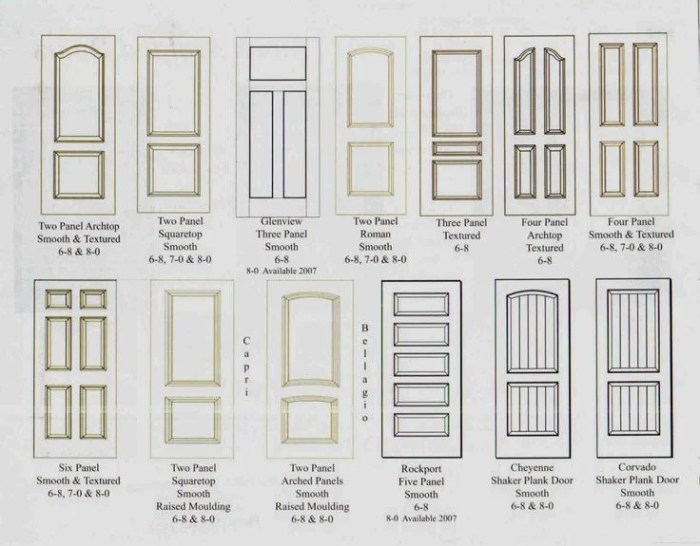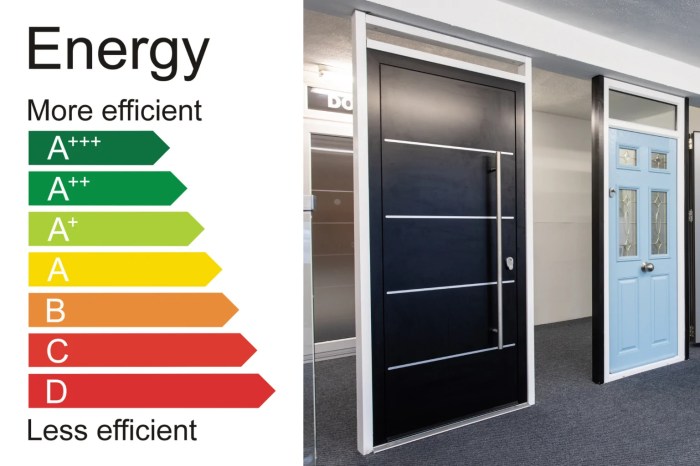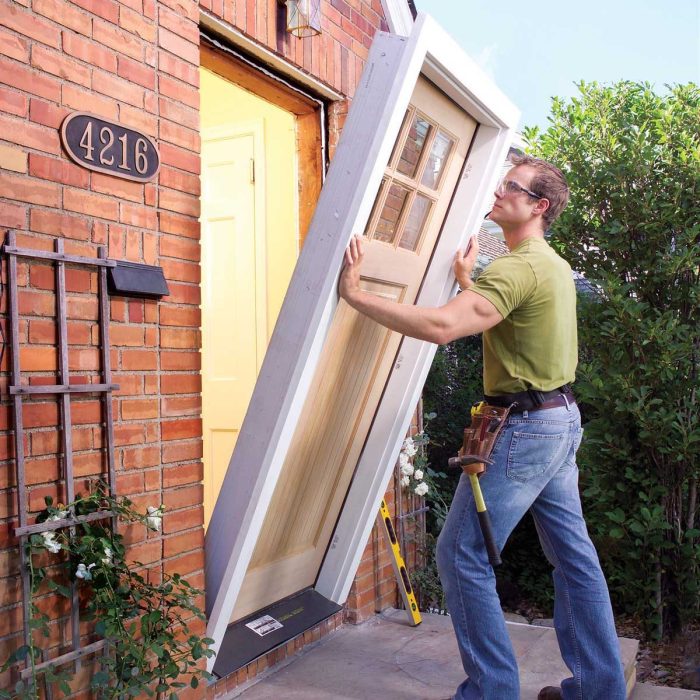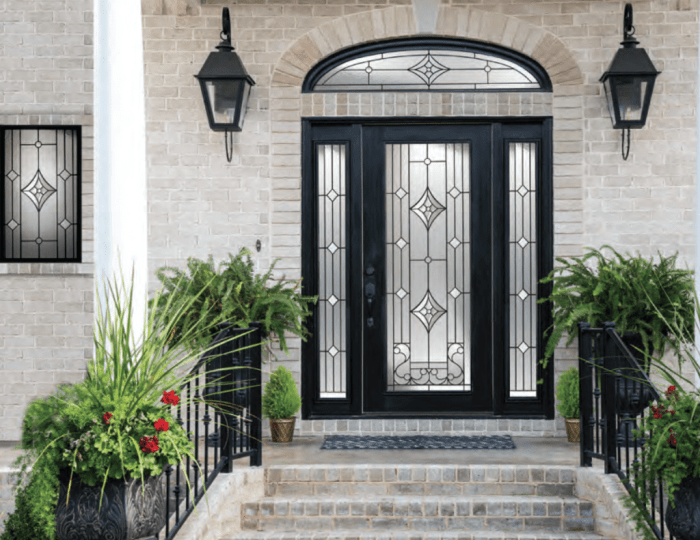Building Envelope Materials That Cut Energy Costs: A Comprehensive Guide
Building Envelope Materials That Cut Energy Costs sets the stage for this enthralling narrative, offering readers a glimpse into a story that is rich in detail and brimming with originality from the outset. As we delve into the realm of energy-efficient building practices, the focus on materials takes center stage, showcasing the innovative solutions that pave the way towards sustainable living and cost savings.
Types of Building Envelope Materials
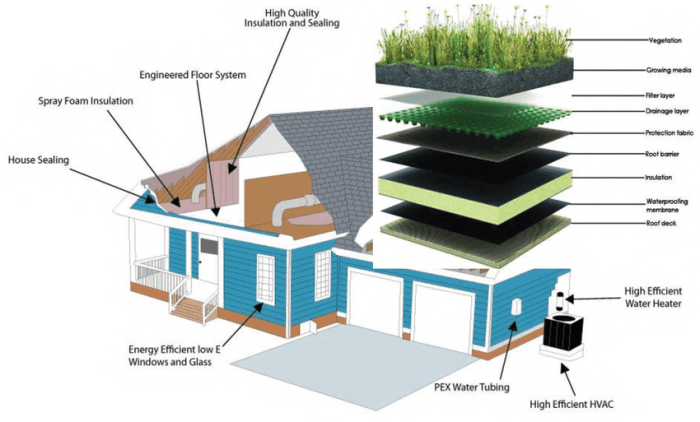
Building envelope materials play a crucial role in reducing energy costs in buildings. Let's explore some of the most effective materials and how they contribute to energy savings.
Insulation
Insulation is one of the key building envelope materials that help in reducing energy consumption. By effectively trapping heat inside during winters and keeping the heat out during summers, insulation helps maintain a consistent indoor temperature. This reduces the load on heating and cooling systems, resulting in lower energy bills.
Reflective Roofing
Reflective roofing materials are designed to reflect sunlight and heat away from the building, reducing the amount of heat absorbed by the roof. This helps in keeping the building cooler, especially in hot climates, and reduces the need for excessive air conditioning.
As a result, energy consumption for cooling is minimized, leading to cost savings.
Low-Emissivity Windows
Low-emissivity (Low-E) windows are coated with a thin metallic layer that reflects heat while allowing light to pass through. This helps in maintaining a comfortable indoor temperature by reducing heat transfer through the windows. By minimizing heat gain in summers and heat loss in winters, Low-E windows contribute to energy efficiency and cost savings.
Benefits of Energy-Efficient Building Envelope Materials
Energy-efficient building envelope materials offer a range of advantages that can positively impact both the environment and building occupants. These materials are designed to enhance energy efficiency, reduce utility costs, and create a more comfortable indoor environment.
Cost Savings
Energy-efficient building envelope materials help reduce energy consumption by minimizing heat loss or gain through walls, roofs, and windows. By improving insulation and reducing air leakage, these materials can lead to significant cost savings on heating and cooling bills. For example, a study conducted by the Department of Energy found that proper insulation and air sealing could save homeowners up to 15% on heating and cooling costs.
Improved Indoor Comfort
Building envelope materials that are energy-efficient can also contribute to better indoor comfort by maintaining consistent temperatures throughout the building. By reducing heat transfer, these materials help regulate indoor temperatures, reducing the need for constant adjustments to heating and cooling systems.
This can result in a more comfortable living or working environment for occupants.
Enhanced Air Quality
In addition to energy savings and improved comfort, energy-efficient building envelope materials can also contribute to better indoor air quality. By reducing the infiltration of outdoor pollutants and allergens, these materials help create a healthier indoor environment. Properly sealed building envelopes can also prevent moisture buildup, which can lead to mold growth and other indoor air quality issues.
Considerations for Selecting Building Envelope Materials
When choosing building envelope materials for energy efficiency, several factors need to be taken into consideration to ensure optimal performance and cost-effectiveness. Insulation R-values, thermal bridging, and airtightness play crucial roles in determining the overall efficiency of the building envelope.
Additionally, factors such as climate, building orientation, and local regulations can significantly impact the selection of materials.
Importance of Insulation R-Values
Insulation R-values indicate the thermal resistance of a material, measuring its ability to prevent heat transfer. Higher R-values signify better insulation properties, leading to reduced energy consumption for heating and cooling. When selecting building envelope materials, it is essential to choose those with adequate insulation R-values to enhance energy efficiency and maintain indoor comfort levels.
Addressing Thermal Bridging
Thermal bridging occurs when a material conducts heat more rapidly than the surrounding materials, creating weak points in the building envelope. This can result in energy loss and reduced thermal performance. To minimize thermal bridging, it is crucial to select materials with low conductivity and consider design strategies that reduce heat transfer through structural elements, such as using continuous insulation and thermal breaks.
Ensuring Airtightness
Airtightness is another critical factor in material selection for energy-efficient building envelopes. Airtight construction prevents unwanted air leakage, which can lead to energy waste and compromised indoor air quality. Choosing materials that contribute to airtight assemblies, such as effective vapor barriers and sealing tapes, helps improve overall building performance and reduce heating and cooling costs.
Impact of Climate, Building Orientation, and Local Regulations
The climate of the region where the building is located plays a significant role in determining the most suitable envelope materials. For instance, buildings in colder climates may require higher insulation levels compared to those in warmer climates. Building orientation, such as the direction the building faces, can also impact heat gain and loss, influencing material choices.
Furthermore, local regulations and building codes may dictate specific requirements for energy efficiency, influencing the selection of building envelope materials to ensure compliance and optimal performance.
Innovative Technologies in Building Envelope Materials
Advancements in building envelope materials have led to the development of innovative technologies that significantly reduce energy consumption in buildings. These technologies not only enhance the energy performance of structures but also decrease heating and cooling loads, resulting in substantial cost savings for building owners.
Phase Change Materials
Phase change materials (PCMs) are a revolutionary technology that stores and releases thermal energy as it changes from solid to liquid and vice versa. By incorporating PCMs into building envelope materials, such as walls and roofs, they can help regulate indoor temperatures by absorbing excess heat during the day and releasing it at night.
This process reduces the need for mechanical heating and cooling systems, resulting in lower energy consumption and operational costs.
Vacuum Insulation Panels
Vacuum insulation panels (VIPs) are another cutting-edge technology that offers superior thermal insulation properties compared to traditional materials like fiberglass and foam. VIPs consist of a core material enclosed in a vacuum-sealed panel, which minimizes heat transfer and maximizes energy efficiency.
By using VIPs in building envelopes, structures can achieve higher levels of insulation with thinner profiles, allowing for more usable space and reduced energy demands.
Smart Windows
Smart windows are a dynamic technology that can automatically adjust their tint or transparency in response to changing environmental conditions. By controlling the amount of sunlight and heat entering a building, smart windows help regulate indoor temperatures and reduce the load on HVAC systems.
This results in lower energy consumption and improved occupant comfort, making smart windows a popular choice for energy-efficient building designs.
Final Conclusion
In conclusion, Building Envelope Materials That Cut Energy Costs present a compelling case for the integration of energy-efficient materials in construction projects. By leveraging these advancements, not only can energy consumption be reduced significantly, but also indoor comfort and air quality can be enhanced.
Embracing these technologies is not just a step towards sustainability but a leap towards a brighter and more efficient future.
Clarifying Questions
What are some common types of building envelope materials that help in cutting energy costs?
Common types include insulation, reflective roofing, and low-emissivity windows, each contributing uniquely to reducing energy consumption.
How do energy-efficient building envelope materials improve indoor comfort and air quality?
These materials help maintain a consistent indoor temperature, reduce drafts, and minimize the infiltration of pollutants, thereby enhancing comfort and air quality.
What factors should be considered when selecting building envelope materials for energy efficiency?
Consider insulation R-values, thermal bridging, airtightness, as well as climate, building orientation, and local regulations for optimal material selection.
What are some innovative technologies in building envelope materials that offer significant energy savings?
Emerging technologies like phase change materials, vacuum insulation panels, and smart windows are revolutionizing energy performance and reducing heating and cooling loads.
